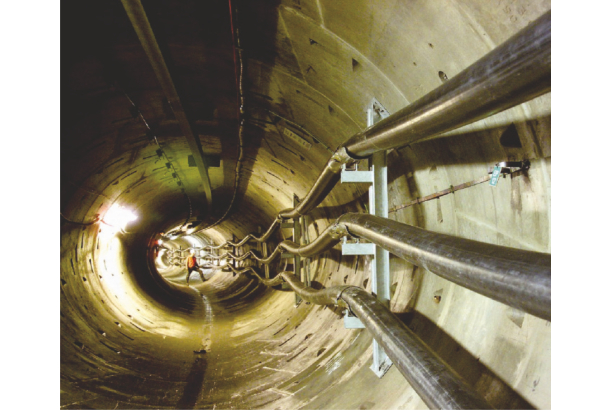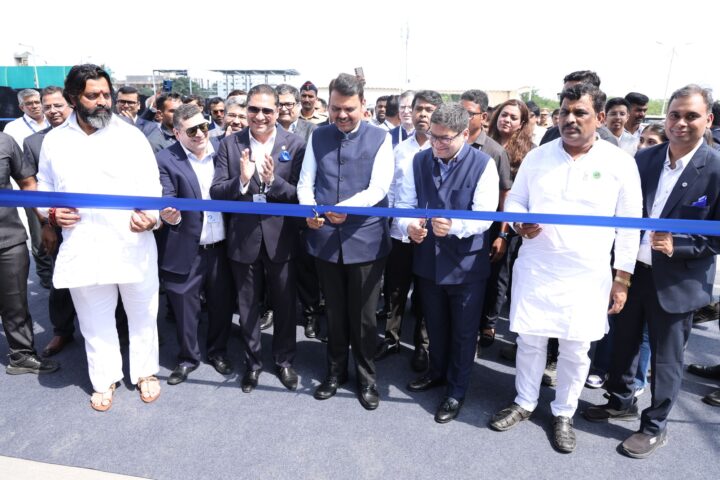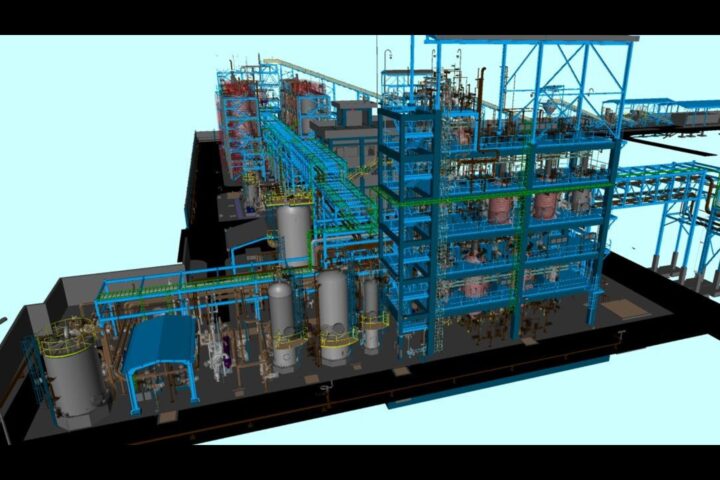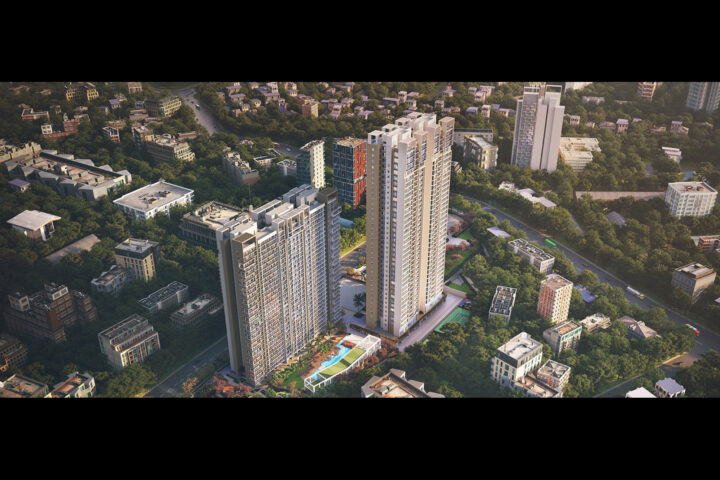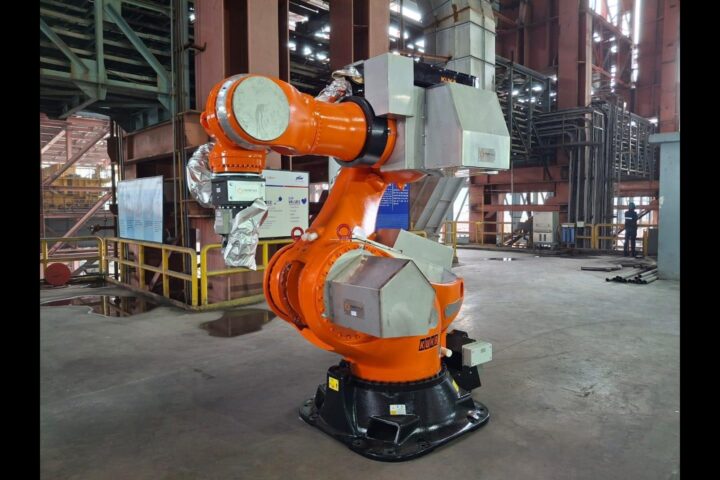by Vijay Karia, Chairman and Managing Director, Ravin Group
India, under Prime Minister Narendra Modi's visionary leadership, has entered into a new phase of infrastructure development. From building mega ports to significant investments in creating road networks, enhancing airports, and metro projects, there are many initiatives that mark the monumental shift in India's infrastructure landscape. Underground cabling is proving a critical transformation as it facilitates smooth power transmission and distribution.
Underground cabling offers a sustainable solution to the challenges posed by urbanisation, climate change, and the need for uninterrupted power supply. Underground cabling also has long-term benefits, including reduced maintenance, enhanced safety, and resilience against weather-related disruptions. It’s a worthwhile investment for India's growing cities.
The global underground high voltage cable market, valued at USD 28.6 billion in 2023, is projected to grow at a CAGR of over 5.8% from 2024 to 20321. The numbers testify to the increasing significance of underground cabling in infrastructure projects.
Future opportunities in the wire and cable market
Underground cabling is finding increased applications in various sectors.
Railways
The Indian government is investing heavily in its railway network to improve connectivity and enhance transport infrastructure. Electrification of railway tracks is proving a key demand driver and has boosted the demand for all types of electrical wires and cables.
Renewable energy
The government focus on renewable energy sources has led to investments in the required infrastructure. Underground cabling becomes essential as a means of power transmission from the renewable sources, such as wind and solar, toward urban centres.
Smart grid development
India’s future smart cities would need advanced cable networks for efficient distribution and management of energy. As India pushes toward its 500GW renewable energy target by 2030, integrating solar, wind, and other renewable sources into the energy grid becomes essential. These sources are often decentralized and distributed, requiring robust cable networks to ensure smooth integration into the main grid without interruptions or inefficiencies.
Telecommunication growth and rollout of 5G
Rapid penetration of 5G services and smartphones are predicted to increase the demand for communication cables, particularly fibre optic ones. Underground cabling networks can offer seamless and undisrupted communication services.
Affordable housing and urban infrastructure
The segment is seeing unprecedented investments, including a targeted allocation of USD 12 billion for low-cost housing in 2024-25. It has hiked up the demand for wires and cables. The trend will continue as more cities continue to embrace smart technologies and renewable energy solutions.
Challenges in the way
The sector also faces some obstacles that can potentially hamper effective implementation.
Permission and approvals
To lay underground cables, one needs multiple permissions and clearances from the local administration. It often leads to unavoidable delays, particularly in cities where multiple departments manage the facilities, which in turn, may cause time and cost overruns.
Modifications
After laying underground cables, accessing a certain portion for repairs and upgrades may be cumbersome. The process becomes complex in urban areas where unearthing cables may significantly disrupt the regular flow of life.
Underground cable route barriers
Underground cables flow parallel to existing infrastructure, including water and gas pipelines and other underground utilities. Also, they may have to accommodate natural barriers. These factors necessitate careful design of the cabling network to minimise friction with existing facilities. It requires detailed coordination with all other projects under development.
Insulation requirements
Underground wires need to be heavily insulated to protect against environmental factors, including moisture, heat, and also physical damage. The insulation framework has to be adequate to handle strong voltage flows, adding to the costs and complexity of the installation process. Underground cabling offers many potential benefits, such as aesthetics, safety, and even protection from interruptions caused by weather elements. As India continues to modernise its infrastructure and adopt smart technologies, underground cabling will play an essential role in supporting the country's vision for a resilient, future-ready nation. The synergy between technological innovation and strategic planning will eventually propel Indian infrastructure into a new era of global competitiveness and sustainability.
1) https://shorturl.at/yqVeB


